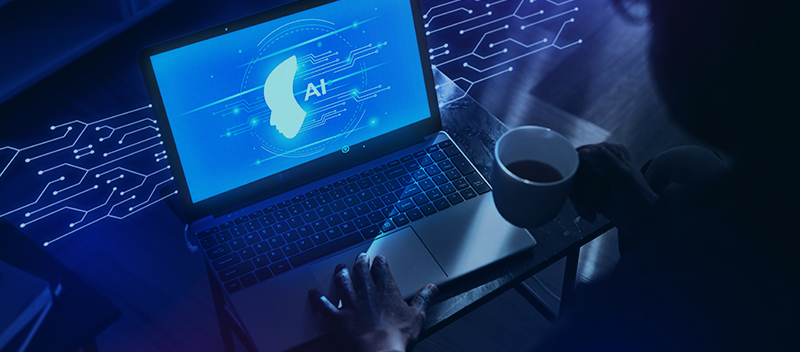As organizations worldwide embrace artificial intelligence (AI) and remote work, cybersecurity faces unprecedented challenges. The convergence of these trends creates a complex environment where threats are more sophisticated, attack surfaces are broader, and traditional defenses are often insufficient. This article explores the key cybersecurity issues and challenges in 2025, offering insights and solutions for businesses navigating this evolving landscape.
The Rise of AI in Cybersecurity

AI is transforming cybersecurity by enhancing threat detection, automating responses, and enabling predictive analytics. AI-powered systems can process vast amounts of data in real time, identifying anomalies and potential threats before they escalate. However, the same technology that empowers defenders is also being weaponized by attackers. AI-driven cyberattacks, including adaptive phishing campaigns and autonomous malware, are on the rise, making it harder for organizations to stay ahead.
Key AI-Related Challenges:
-
AI-Powered Attacks: Cybercriminals use AI to automate attacks, personalize phishing, and exploit vulnerabilities at scale. AI agents can autonomously probe systems, identify weak spots, and launch coordinated assaults.
-
Defense Complexity: While AI helps detect and mitigate threats, malicious actors can exploit weaknesses in AI models themselves, such as data poisoning or prompt injection attacks.
-
Adoption Lag: Security teams are often slower to adopt advanced AI tools than adversaries, due to the need for robust guardrails and trust-building.
Remote Work and Expanding Attack Surfaces

The shift to remote work has revolutionized business operations but has also introduced significant security risks. Remote environments are more vulnerable to phishing, ransomware, and unauthorized access due to the use of personal devices and unsecured networks.
Key Remote Work Challenges:
-
Phishing and Ransomware: Remote workers are prime targets for phishing attacks, which have surged by 80% in recent years. Ransomware attacks using “double extortion” tactics are also on the rise.
-
Unsecured Networks: Many remote employees use personal devices and home networks that lack the security controls of corporate environments. Over 60% of remote workers risk exposure by using unsecured devices, and half use public Wi-Fi, increasing the risk of data breaches.
-
Endpoint Vulnerabilities: The proliferation of endpoints—laptops, smartphones, and IoT devices—expands the attack surface, making it harder to monitor and secure all access points.
Emerging Solutions and Best Practices

To address these challenges, organizations must adopt a proactive, multi-layered security strategy.
Recommended Solutions:
-
AI-Driven Security Tools: Implement AI and machine learning for real-time threat detection, anomaly detection, and automated incident response.
-
Zero-Trust Security Models: Adopt zero-trust frameworks that require continuous verification of users and devices, minimizing the risk of unauthorized access.
-
Secure Remote Access: Use encryption, multi-factor authentication (MFA), and virtual private networks (VPNs) to protect remote connections.
-
Employee Training: Regularly train employees on cybersecurity best practices, phishing awareness, and secure device usage.
-
Threat Intelligence Sharing: Collaborate with other organizations to share threat intelligence and stay ahead of emerging risks.
The Future: Staying Ahead in a Hostile Digital World

The cybersecurity landscape in 2025 is defined by rapid technological change and escalating threats. Organizations must remain vigilant, continuously updating their defenses and fostering a culture of security awareness. By leveraging AI, adopting zero-trust principles, and securing remote work environments, businesses can mitigate risks and protect their digital assets in the age of AI and remote work.
With inputs from agencies
Image Source: Multiple agencies
©️ Copyright 2025. All Rights Reserved. Powered by Vygr Media.
























